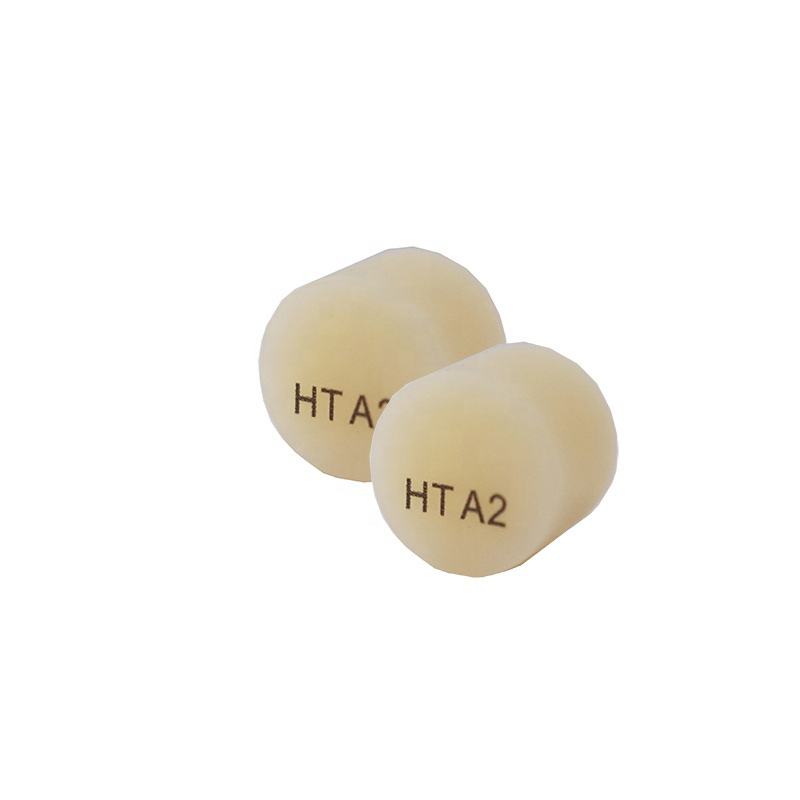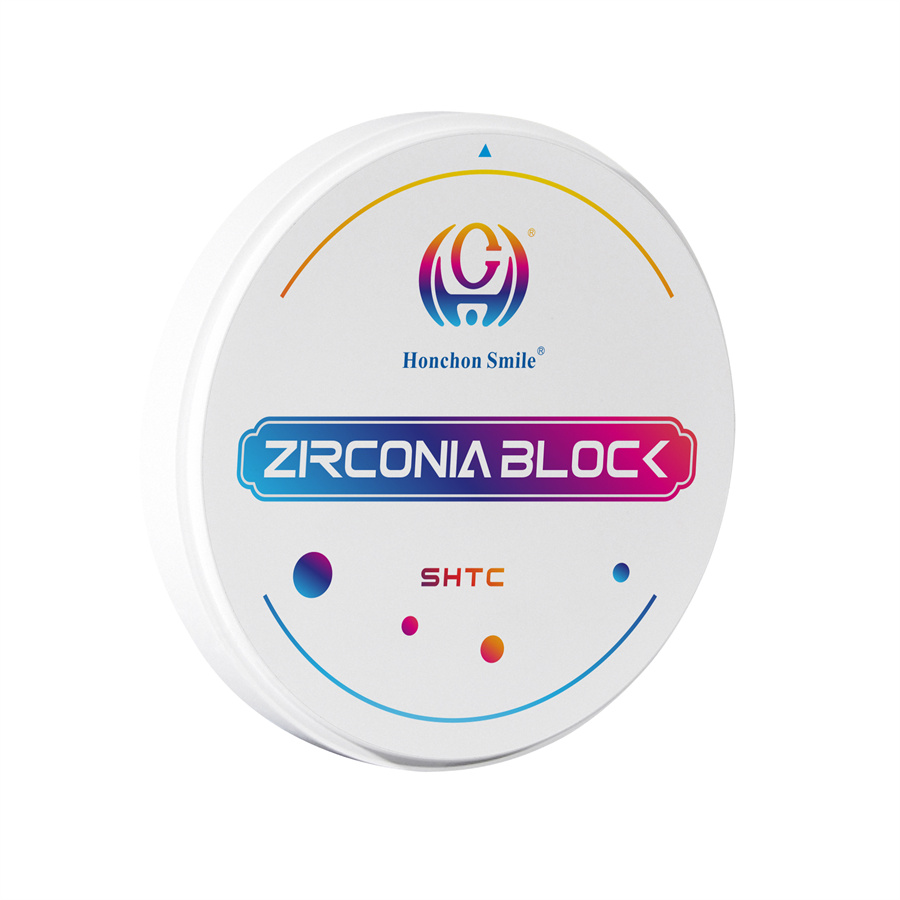What are the cost considerations when using zirconia blocks in dental procedures?
2024-08-15
Material Costs: Zirconia blocks tend to be more expensive than other dental materials like porcelain or PMMA due to the advanced technology and high-quality materials used in their production. The price can vary depending on the type of zirconia block, such as white, pre-shaded, or multilayer, with multilayer options typically being the most expensive due to their enhanced aesthetic features.
Labor and Equipment: The use of zirconia often requires specialized equipment, like CAD/CAM milling machines, which can be a significant investment for dental labs. Additionally, the expertise required to work with zirconia can increase labor costs. Technicians need to be skilled in digital design and milling techniques, and any post-milling adjustments may require additional time and resources.
Longevity and Durability: Despite the higher upfront costs, zirconia’s superior durability and resistance to wear can result in long-term savings. Zirconia restorations typically last longer than those made from other materials, reducing the need for future replacements or repairs, which can offset the initial investment.
Patient Satisfaction and Aesthetic Value: Zirconia’s natural appearance and high strength make it a preferred choice for patients, especially in visible areas like the front teeth. While the initial cost may be higher, the value provided in terms of aesthetics and durability can justify the expense, leading to higher patient satisfaction and potentially more referrals for the dental practice.
Overall, while zirconia blocks may come with a higher price tag, their benefits in terms of aesthetics, durability, and patient satisfaction often make them a cost-effective choice in the long run.




